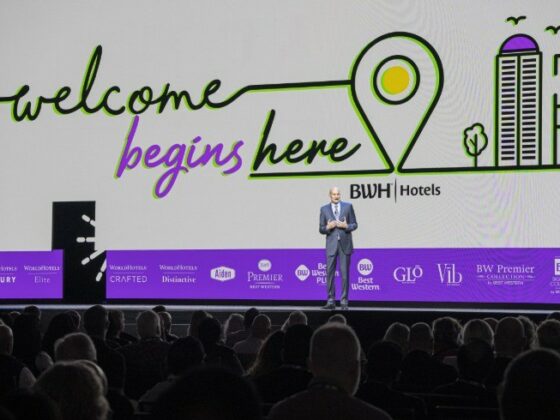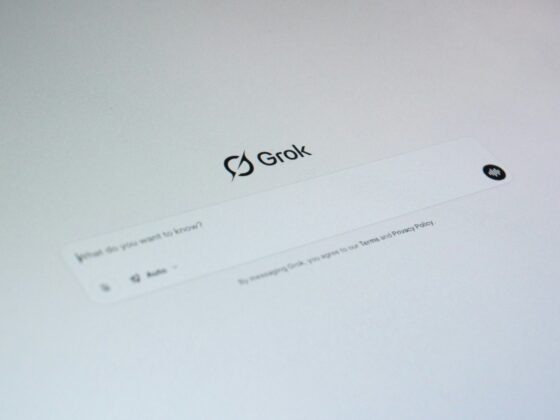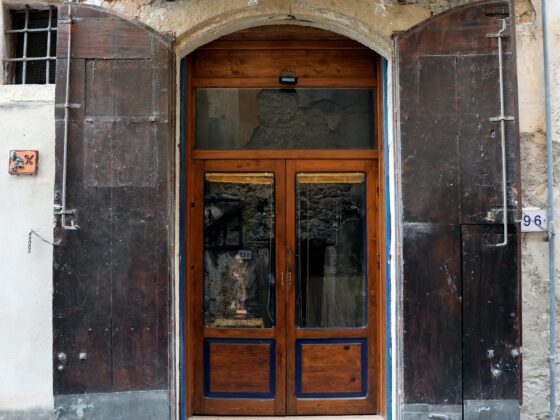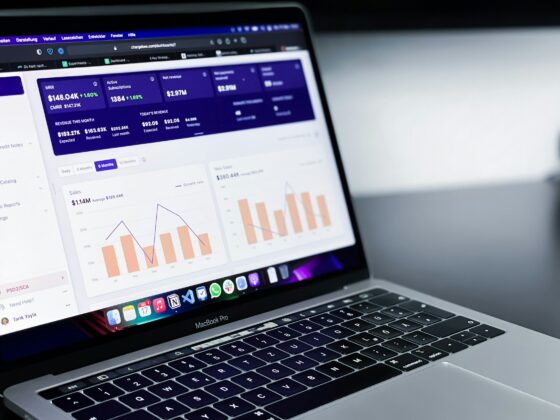
As much as we hear “AI could change everything,” there are some hospitality services consumers will want from humans no matter how good AI gets.
As travel continues its robust post-pandemic rebound, new AI models and tools are constantly landing on our screens. Two years of experimentation, both by providers and travelers, has begun to reveal the most promising near-term opportunities for the technology.
Navigating AI for Trip Planning
Using GenAI for trip planning is gaining interest among travelers, as the share of consumers using the technology for trip planning doubled from 8% to 16% from October 2023 to October 2024, according to Deloitte’s 2025 travel industry outlook. If you exclude boomers, whose adoption remains in the mid-single digits, usage of GenAI for trip planning climbed from 10% to 21% over the same period.
Among millennials with income of $100,000 or more, that rate jumped to 29%. Their preferred use case for the technology is searching destinations based on trip type, but nearly half of users say they also use it further down the funnel to find accommodations.
Of all the respondents who used GenAI in trip planning, more than 40% actually followed through and booked accommodations recommended by the tools.
Still a Long Way to Go
Although all of the big online travel agencies have GenAI tools, most have yet to create tactics that take full advantage of the technology. They often lack image integration, personalization, and seamless connection to real-time bookable product. But the race is on. Meaningful interface change is coming.
While automation has the potential to save travelers time or enable more fun and comfort, most still expect the human touch along their journeys. Many prefer some human interaction across processes like check-in and getting local recommendations.
Nearly half (46%) of travelers still prefer the hotel check-in process to be predominantly or only human vs. digital. About a third feel the same about both room service (35%) and getting local recommendations (37%).









